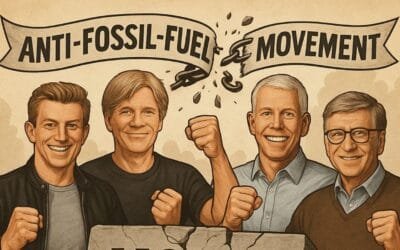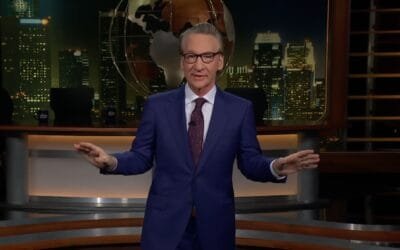The Teamsters’ strike, and its pending settlement, against United Parcel Service (UPS) gives us a chance to think about unions and labor issues. In a free society, people have the right to form voluntary associations. Therefore, any impediment, including so-called right-to-work laws, to people joining and forming labor unions is offensive. On the other hand, when union membership or dues payment is made mandatory as a condition of employment, that is equally offensive. Union leaders argue that collective bargaining benefits all workers, even those who aren’t members. They should not be allowed to “free-ride”, thus compulsory dues are justified. That’s a little more complex argument, but the fact that one person benefits from the activities of another doesn’t necessarily make the case for compulsory payments. For example, I catch my neighbor enjoying my beautiful rhododendrons, should she be forced to pay part of their costs rather than “free-riding”?
Union leaders argue that their struggle for higher wages is against the employer and their major weapon in that struggle is the strike. They’re wrong on both counts. By itself, the strike is not much of a weapon. Instead, union power lies in its ability to prevent employers from hiring other workers in their places. They can achieve this either through labor laws or violence. Otherwise, a strike is little more than a mass resignation. That’s why the 1981 air traffic controllers’ union strike was a disaster; they could not prevent the Federal Aviation Administration (FAA) from hiring other workers. The real struggle of labor unions is against other workers. Their ability to demand wages that may exceed their productivity depends on their ability to prevent employers from hiring replacements.
Competition is always between either seller and seller or buyer and buyer – not buyer and seller. If Walmart wanted to rig the game in order to charge higher prices, it would try to get Kmart and Sears (other sellers) out of the market not you and me (buyers). Unions represent sellers, in this case sellers of labor services. They benefit from restricting entry by other sellers (workers) and having more buyers (employers). This aspect of the conflict between unions and other workers is seen by the fact that when there’s a strike involving violence, it is workers who disagree with the union who are most likely to be assaulted, injured or killed by union members, not employers.
Higher wages are not caused by unionism. If unionization was the route to higher wages and living standards, poverty could be wiped out instantly in countries like Haiti, Zaire and Romania simply by unionization.
High wages are related to worker productivity. The challenge is to make people more productive. One way is through what economist call investment in human capital i.e., education and skills training. Another is through greater formation of physical capital – machinery, tools and equipment. When we see highway construction, around the world, workers using a lot of heavy equipment receive higher wages than those using picks and shovels. Heavy equipment operators are more productive because they’re working with more capital. Therefore, rising wages are tied to increased capital formation. One way to increase capital formation is to change our tax policy that makes capital formation more costly – eliminate capital gains and corporate profit tax.
The bottom line protection for today’s workers is rising worker productivity and many employers competing for their services. After all the bulk of our labor force is not unionized and for the most part doing quite well.









